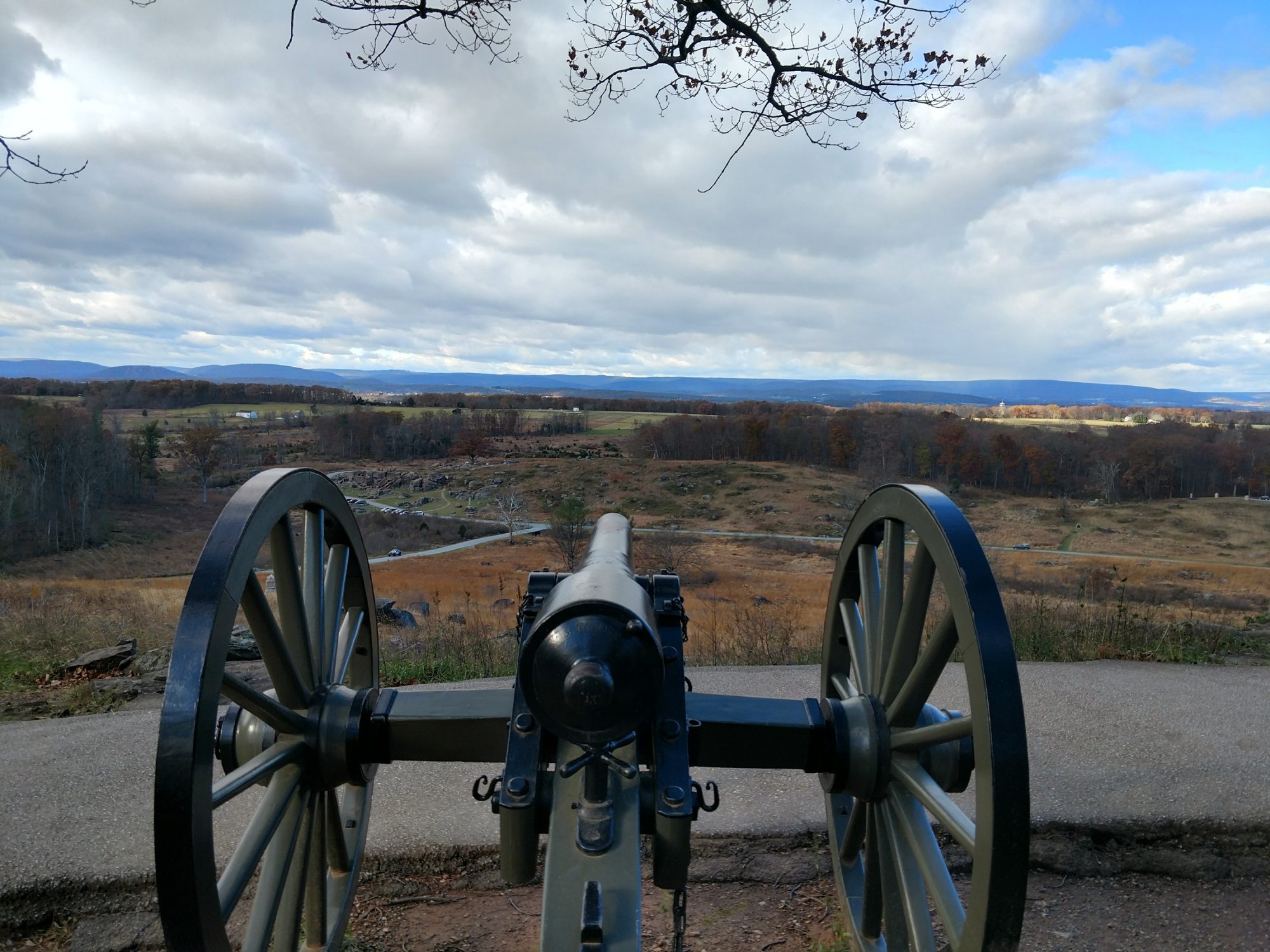Like me, perhaps you’ve been watching the news from Afghanistan wondering how we got to this point. This piece is absolutely not an analysis of our twenty-year conflict there as I am neither an expert on the nation nor an unbiased onlooker. Instead, I’ve been thinking about the nature of these types of wars and how the U.S. military deals with them. In particular, how they so often fail to fall into the “win” or “lose” category – despite all the Army rhetoric about “winning matters.”
The Army has a long history of wars like Afghanistan – “small wars,” “brushfire wars,” “low-intensity conflict,” or whatever you’d like to call them – despite our often short-term memory. The Second Seminole War lasted nearly ten years, from 1835-1842. Fighting with southern guerillas and insurgents lasted from the closing shots of the U.S. Civil War to 1876 and the withdrawal of Federal troops from the southern states. Conflicts in the Philippines after the War of 1898 lasted from 1899 all the way to Philippine Independence in 1946. Not to mention the Banana Wars in Central America in the years prior to, during, and after World War I. These “constabulary”-type missions were common for the U.S. Army prior to World War II. Indeed, the overall history of the Army is filled with far more small wars than large. So why do we forget them?
History’s focus on the “big” wars – the wars both World and Civil – belies the U.S. military’s underlying uncertainty about itself. While the military has a plethora of missions – really, whatever the civil government tells it to do – it has one, single no-fail mission: do not lose a major conflict that would place the sovereignty of the U.S. in jeopardy. That’s the one war that it cannot lose, otherwise, well, you get the picture. Therefore, the vast majority of time, money, training, and modernization is directed towards this one single end. Whether it be the massive infantry divisions of 1918, the atomic-focused military of the 1950s, or the movement towards total-force/joint operations in the late 20th/early 21st century, this is the one thing that everyone in all branches of the U.S. military can agree on.
And yet, the nation still asks for small wars. Those don’t go away. And so the massive behemoth of the U.S. military, built for the big fight with the USSR or China or whatever international bogeyman looms large at that moment, swings away in places like Vietnam, Panama, Iraq, Bosnia, Somalia, or Afghanistan, to name a few. And while there are some concessions made to this kind of war – the expansion of the role of special operations forces during Vietnam, for example – by and large, the military’s force structure and overarching doctrine did not and have not changed from that geared towards the near-peer or peer competitor. To do so, would be to reduce readiness for that no-fail mission.
And yet.
Operations in unknown parts have gone both ways for the U.S. military. Minor embarrassments such as Somalia or the failed rescue of the Iran hostages have tarnished presidential careers and caused withdrawal and disengagement. Major embarrassments such as Vietnam, Iraq, and perhaps Afghanistan have caused major identity crises for the forces involved. Indeed, societal change and defeat in Vietnam forced the Army away from the draft and towards a total transformation. A veteran of that war, Colin Powell, lent his name to a doctrine he hoped would keep America out of such conflicts in the future:
“War should be the politics of last resort. And when we go to war, we should have a purpose that our people understand and support; we should mobilize the country’s resources to fulfill that mission and then go in to win. In Vietnam, we had entered into a halfhearted half-war, with much of the nation opposed or indifferent, while a small fraction carried the burden. . . . I witnessed as much bravery in Vietnam as I expect to see in any war. . . . All this heroism and sacrifice are precisely the point; you do not squander courage and lives without clear purpose, without the country’s backing and without full commitment. . . “
And yet. The very man gave his consent and approval for invading Afghanistan – although the goals and ends of 2001 were vastly different from those of 2021.
And while the U.S. receives no threat from an existential enemy when it leaves these far-off places, it takes a blow to its reputation – the perception that America might not fight. And this can weaken the nation’s standings on the global stage, thus leading the nation closer to the possibility of that no-fail battle that the military cautiously eyes.
In order to reclaim some of this prestige, the military might encourage limited operations close to home like – those in Grenada and Panama – to bolster a tarnished image. It might even seek vindication on a larger scale, such as Iraq in 1991, causing President George Bush to say on March 1, 1991, “It’s a proud day far Americans and by God we’ve licked the Vietnam syndrome once and for all.” But even in that victorious Army, the last such to get a ticker-tape parade upon returning, it fought as it was made to fight: to smash a peer adversary. And it left before the hard, miserable “small wars” could begin.
The cycle, then, continues. The U.S. military continues to train for the no-fail mission – knowing full well that it might be asked to take on missions that it could fail at, whether from its own failings, from lack of political mission, from non-existent public opinion, or from some combination of all three. Afghanistan, while being the longest of these missions, was by no means the first and will not be the last.
Knowing this, what then can the U.S. do to avoid the scenes of the past few weeks? A reaffirmation of the Powell Doctrine from up-and-coming leaders in the national security field? A shrinking isolationism as was seen in the wake of World War I? Or a feeling of national paranoia as was the case during the Cold War? The smorgasbord of national reactions is near limitless.
For the Army, it might be wise to admit that as much as it wants its mission to be “Fight and win the nation’s wars,” our mission will continue to be that which it has been since 1787: whatever the people – via Congress and the President – tell us to do. Small-scale combat operations aren’t going away. It might be a good idea to begin tailoring a force to fight them – something other than relying wholly on special operations forces and thus putting a massive and unnecessary stress on that group. A division-level force designed for sustained low-intensity operations could help relieve pressure on the organization’s existential anxiety over the no-fail mission. Being smaller, it might adapt – tactically, organizationally, and doctrinally – to whatever missions it receives.
This force, of course, would fly in the face of “how we’ve always done it,” and the Army would have to fight against careerism that sees combat deployments as the way to get a leg up on their peers, thus expanding deployments to the larger force. It might also create a territorial us vs. them mindset in the two forces with two different mission sets. There are many significant hurdles. However, the way we’ve always done it since 1946 doesn’t seem to be working, either. Breaking the distress cycle of U.S. military conflicts is a way of maintaining national prestige, limiting U.S. military interventions, and ensuring that the U.S. military is always ready to not fail on their no-fail mission.



